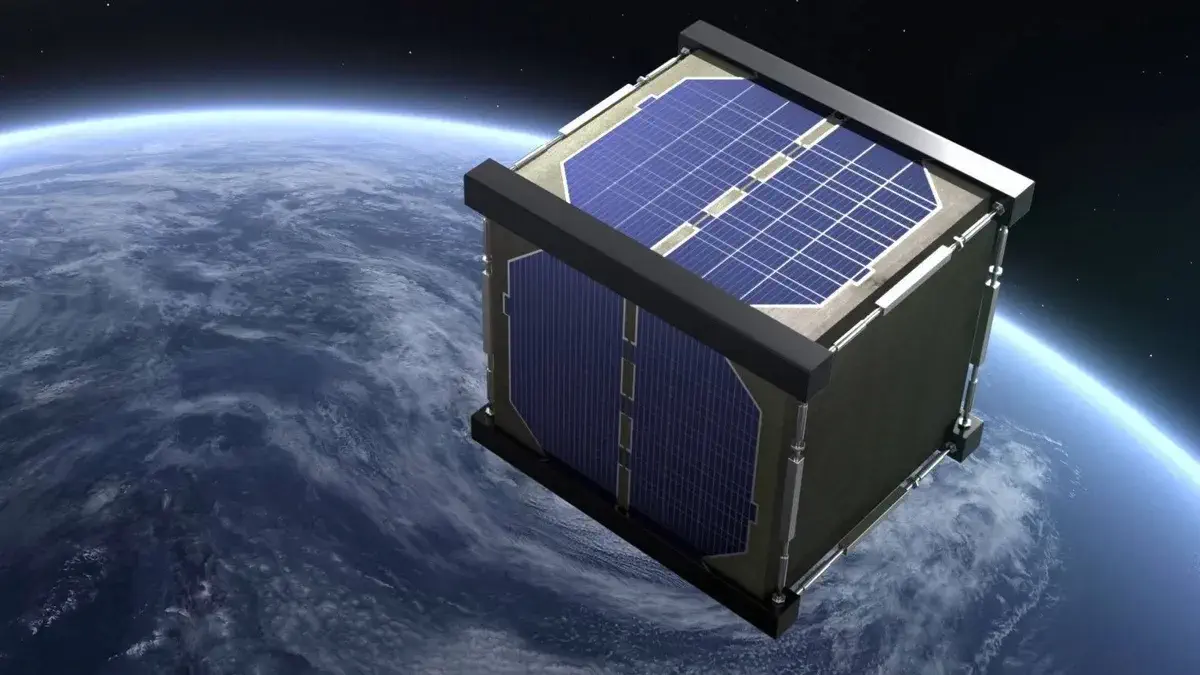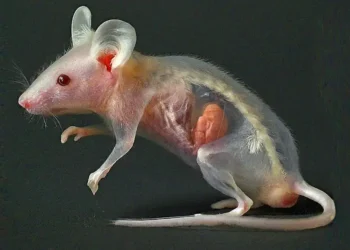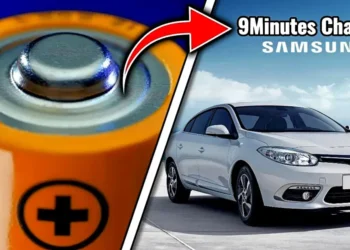
NASA and the Japan Aerospace Exploration Agency (JAXA) plan to launch the world’s first wooden satellite called the ‘LignoSat probe’ into orbit this summer 2024.
Developed by Kyoto University scientists and Sumitomo Forestry, this eco-friendly probe is made from magnolia wood. The ingenious project examines using biodegradable materials like wood, instead of metal, in satellite construction.
After being tested for a year at the International Space Station (ISS), the wood proved extremely stable and crack-resistant.
Even though it might not seem like something from the future It aims to tackle the growing issue of space junk caused by harmful aluminum particles when satellites re-enter Earth’s atmosphere.

Success could lead to more eco-friendly spacecraft in the future. The probe, the size of a coffee mug, will operate in space for at least six months before entering the upper atmosphere.
If it works, the tiny satellite could lead to using more earth-friendly materials for building stuff in space.
Lignosat will be a tiny wooden box with solar panels outside and electronic gear inside.
Once up in space, the satellite will have different tests to see how well it works while it’s in orbit. Lignosat will work for about six months before it’s left to burn up in the atmosphere.
Testing in Space:
In April 2020, Kyoto University and Sumitomo Forestry started the LignoStella Space Wood Project together. In 2022, they tested wood’s exposure to space for over 240 days on the Japanese Experiment Module Kibo of the ISS.

Out of the woods tested, Magnolia was found to be the best choice for making a satellite.
Initial studies showed that wood exposed to conditions similar to those in space in a laboratory setting did not show any measurable loss of mass, decay, cracking, or damage.
Kyoto University stated that Magnolia displayed “great workability, stability in size, and overall strength.”
Wood doesn’t stop electromagnetic radiation, like the radio waves used to communicate with satellites in space.
Because of this, wooden satellites can have all their antennas and radio gear inside, making their design simpler and sturdier.
But what excites scientists is wood’s eco-friendly nature.
Studying materials in outer space conditions is crucial because the environment is very harsh, with big swings in temperature and exposure to strong cosmic rays and solar particles.
Why Use Wood For a Satellite?
A successful launch and demonstration of an eco-friendly satellite would be a big step in dealing with the growing issue of space pollution.
A man-made wooden satellite, such as LignoSat, could help reduce the creation of tiny, harmful aluminum particles.
Takao Doi, a Japanese astronaut and engineer from Kyoto University involved in the project, explains, “When satellites re-enter Earth’s atmosphere, they burn up, leaving tiny alumina particles that can linger in the upper atmosphere for many years.”
When regular satellites come back into Earth’s atmosphere, they burn up, letting out small alumina particles that stay in the upper atmosphere for a long time.
Plus, projections suggest that over 2,000 metal satellites will launch each year soon. This buildup of metal bits could be a problem for Earth’s environment in the long run.

To fix this, researchers in Kyoto looked into using eco-friendly materials instead of metals.
They began a project to see how well different types of wood could handle the difficulties of space launches and staying in orbit around Earth for a long time.
First, they tested the wood in labs to mimic space conditions. Surprisingly, the wood samples didn’t change in weight, and there were no signs of breaking down or damage.
After these tests, they sent the wood samples to the ISS.
Researchers from Kyoto University worked with Sumitomo Forestry, a logging company, to make this first wood satellite.
However, scientists are particularly interested in the eco-friendly properties of wood.
As of September last year, around 10,590 satellites were orbiting Earth, with about 8,800 still working.
This space debris is expected to increase in the future, with projections indicating that another 2,500 satellites will launch each year until 2031.
The aluminum released into the upper atmosphere when satellites burn up during re-entry could soon become a significant environmental concern.
Recent research from the University of British Columbia, Canada, showed that this aluminum could lead to severe depletion of the ozone layer, which shields the Earth from the sun’s harmful ultraviolet radiation. It could also affect the amount of sunlight reaching the ground.

However, this won’t be an issue with satellites made of wood, such as LignoSat. When these satellites burn up upon re-entry after completing their missions, they’ll only leave behind a fine mist of biodegradable ash.
The Impact:
The important aspect is that it’s biodegradable, making it environmentally friendly and a superior alternative to non-biodegradable materials, which could disappear in the next 2,000 years.
Aluminum from satellites re-entering Earth’s atmosphere is a big danger to the ozone layer, which protects the Earth from harmful UV rays. It could also mess with how much sunlight reaches the Earth’s surface.
But satellites made of wood, like Lignosat, will help with these worries. When they come back into the atmosphere, they’ll only leave behind biodegradable ash, which won’t harm the environment as much.















